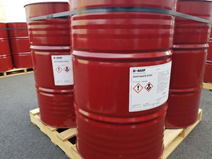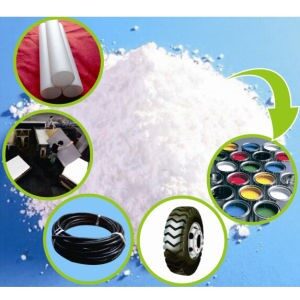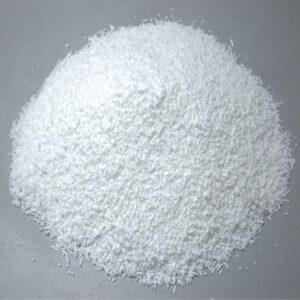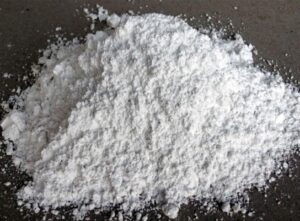Products
Our Products
Industry Focused Products!
TDI 80/20 - Toluene Diisocyanate
TCC’s TDI 80-20 is a mixture blend of 80% 2,4-toluene diisocyanate and 20% 2,6-toluene diisocyanate. The clear to pale yellow liquid organic compound is toxic, has a sharp odor, and is highly reactive. It is used in the manufacture of polyurethane flexible foam (slab/molding) and non-foam urethanes.
Monomeric and Polymeric MDI
Monomeric MDIs are either used as pure isocyanate, in mixtures with polymeric MDI (pMDI) or in prepolymers for flexible foams, CASE applications, shoe soles or thermoplastic polyurethanes. Pure monomeric 4,4′-MDI with low acidity. Used for the manufacture of elastomers and thermoplastic polyurethanes.
Polymeric MDIs are generally used in manufacturing rigid and semi-rigid polyurethane foam for construction panels, spray-on insulation, refrigeration insulation, and automotive interior panels.
T-9
Methylene chloride
Calcium carbonate
Mattress Tape
Antifoams
A defoamer or an anti-foaming agent is a chemical additive that reduces and hinders the formation of foam in industrial process liquids. The terms anti-foam agent and defoamer are often used interchangeably. Strictly speaking, defoamers eliminate existing foam and anti-foamers prevent the formation of further foam
Dispersing Agent
Reactive dyes and pigments
Phenolic resin
Phenolic resins include synthetic thermoset resins such as those obtained by the reaction of phenols with formaldehyde. Phenolic resins are divided into two different types, novolacs and resoles. Novolacs are phenol–formaldehyde resins made when the molar ratio of formaldehyde to phenol is less than one.
Emulsions
An emulsion is a mixture of two or more liquids, with or without an emulsifier, that are normally immiscible. One of the liquids, the “dispersed phase,” forms droplets in the other liquid, the “continuous phase.” A suspension is a solid dispersed in a liquid. The particles are large enough for sedimentation.
Aniline oil
Sodium Sulfate Anhydrous
Sodium Sulfate Anhydrous is the anhydrous, sodium salt form of sulfuric acid. Sodium sulfate anhydrous disassociates in water to provide sodium ions and sulfate ions. Sodium ion is the principal cation of the extracellular fluid and plays a large part in the therapy of fluid and electrolyte disturbances.
LABSA
Pre treatment chemicals
Hydrophilic Silicones
Polyether Polyol
Silicone Surfactants
Kraft paper from China and Europe
Foam Hardener
PU pigments
Mattress Fabric
Acrylic Polyol
Wetting Agents
A wetting agent is a surface-active molecule used to reduce the surface tension of water. The high surface tension of water is problematic in many applications where spreading and penetration of water is required. These include for example paints and other coating formulations, detergents, pesticides, and others
Driers
Chemically, driers are metal carboxylates i.e. salt of cobalt, lead, manganese, etc. and octoic acid. The first modern driers were developed in the early 1920s with the preparation of metal naphthenates. The driers that are used today are based upon synthetic acids, like 2-ethyl hexanoic acid and versatic acid.
Alkyd resin
N-75 hardeners
Thinners
Titanium Di Oxide
Titanium dioxide is a titanium oxide with the formula TiO2. A naturally occurring oxide sourced from ilmenite, rutile and anatase, it has a wide range of applications. It has a role as a food colouring. ChEBI. Titanium dioxide, also known as titanium(IV) oxide or titania, is the naturally occurring oxide of titanium.































